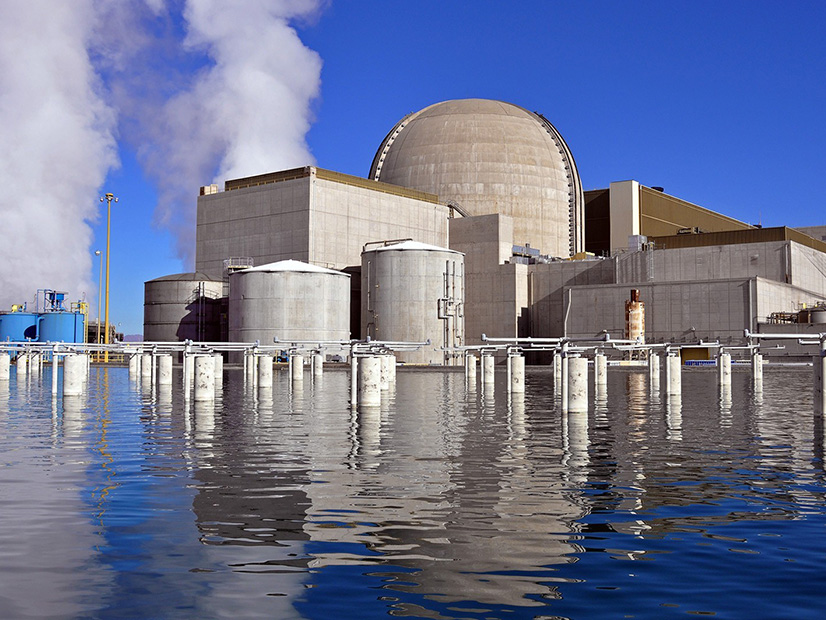
The U.S. Department of Energy will provide $20 million in funding for a demonstration project that will produce green hydrogen using power from the Palo Verde nuclear plant in Arizona.
The project is part of DOE’s “Hydrogen Shot” initiative to reduce the cost of green hydrogen to $1/kg by the end of the decade. Current DOE estimates put the cost for the fuel around $5/kg. (See Hydrogen: ‘Holy Grail’ of Rabbit Hole?)
“Developing and deploying clean hydrogen can be a crucial part of the path to achieving a net-zero-carbon future and combatting climate change,” Deputy Energy Secretary David Turk said Tuesday in a statement announcing the project. “Using nuclear power to create hydrogen energy is an illustration of DOE’s commitment to funding a full range of innovative pathways to create affordable, clean hydrogen, to meet DOE’s Hydrogen Shot goal, and to advance our transition to a carbon-free future.”
The project will produce 6 tons of stored hydrogen capable of generating 200 MWh of electricity or being used to make chemicals and other fuels.
Led by PNW Hydrogen, the project will receive $12 million from DOE’s Hydrogen and Fuel Cell Technologies Office and $8 million from the department’s Office of Nuclear Energy (ONE).
PNW is a subsidiary of Pinnacle West Capital (NYSE:PNW), parent of Arizona Public Service, part owner and operator of the Palo Verde Generating Station. In a quarterly report filed with the Securities and Exchange Commission in August, Pinnacle West explained that ONE’s participation aims to improve the long-term competitiveness of the nuclear power industry through the production of hydrogen.
“The project will provide insights about integrating nuclear energy with hydrogen production technologies and inform future clean hydrogen production deployments at scale,” DOE said Thursday.
With a capacity of 3,990 MW, Palo Verde is the largest nuclear plant in the U.S. Because of its location in the desert 50 miles west of Phoenix, far from any major body of water, the facility relies solely on wastewater to cool its reactors.
“Arizona continues to lead the nation in clean hydrogen energy innovation, and today’s Department of Energy investment will help fuel continued progress,” U.S. Sen. Kyrsten Sinema (D-Ariz.) said. “I am committed to supporting state-of-the-art investments to secure our energy future, including by passing the bipartisan Infrastructure Investment and Jobs Act, which provides $9.5 billion for national clean hydrogen hubs, hydrogen manufacturing and recycling programs, and programs to lower the cost of clean hydrogen.”
PNW’s partners in the project include Idaho National Laboratory, National Energy Technology Laboratory, National Renewable Energy Laboratory, OxEon, Electric Power Research Institute, Arizona State University, University of California Irvine, Siemens, Xcel Energy, Energy Harbor and the Los Angeles Department of Water and Power (LADWP).
LADWP plans to convert its jointly owned 1,900-MW coal-fired Intermountain Power Plant in Delta, Utah, into a natural gas-fired facility that will eventually be equipped to burn green hydrogen to generate electricity. The utility plans to produce and store the hydrogen on site.



